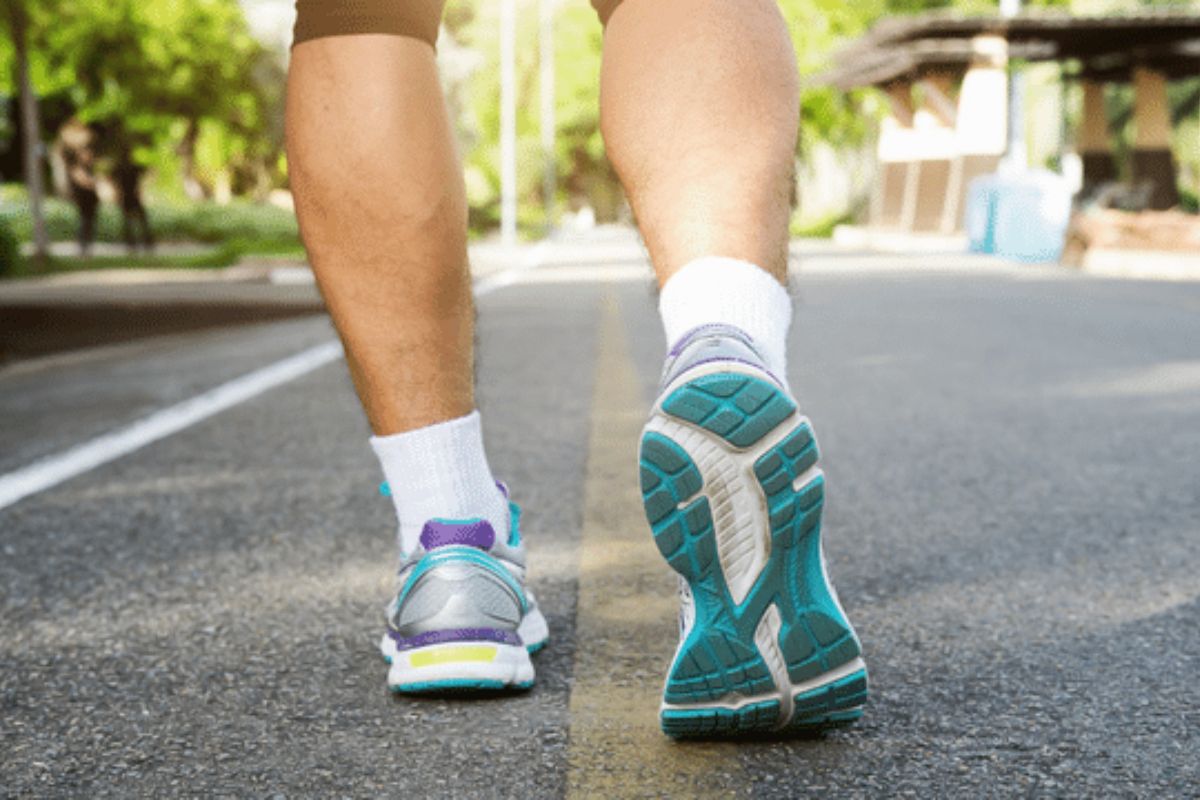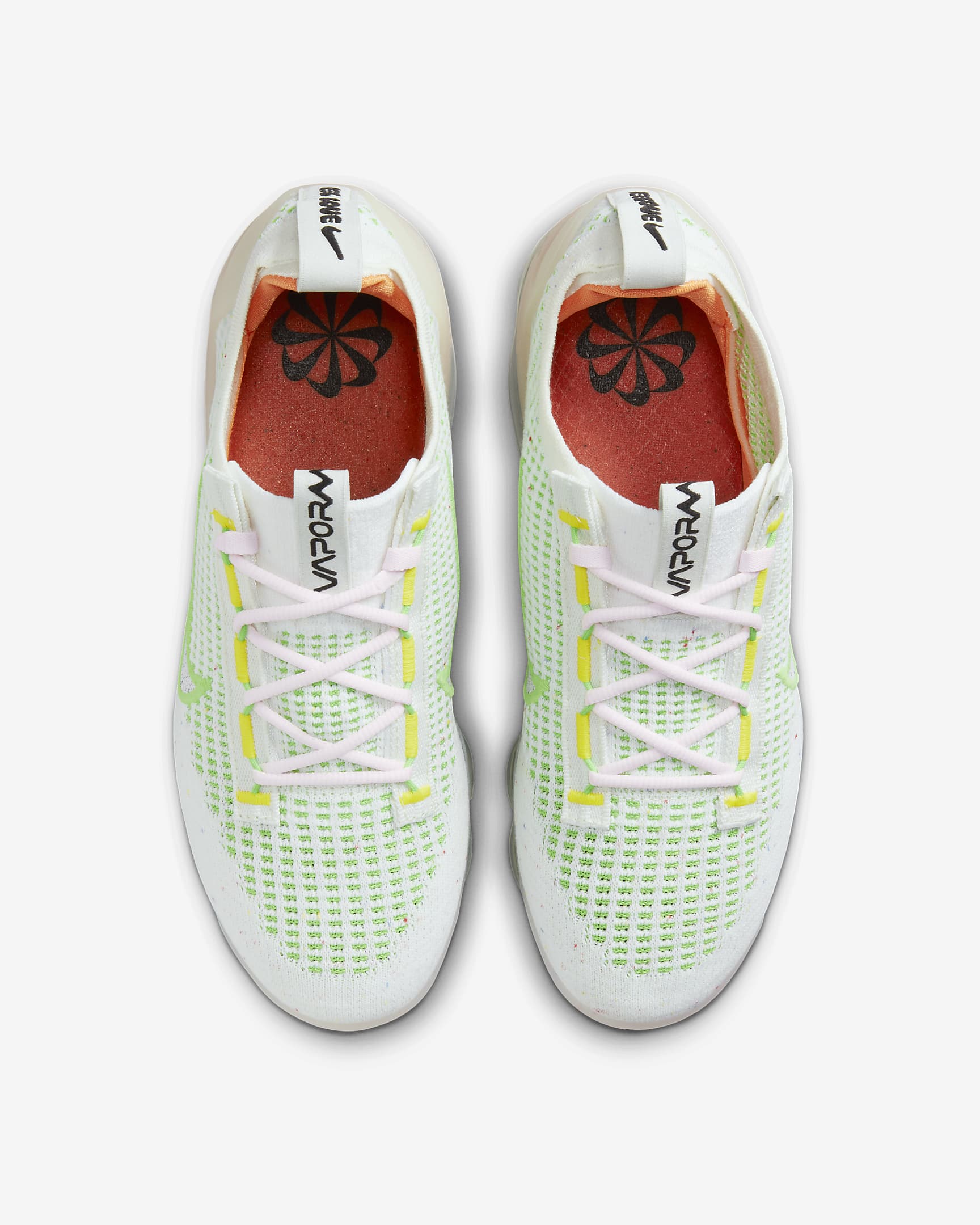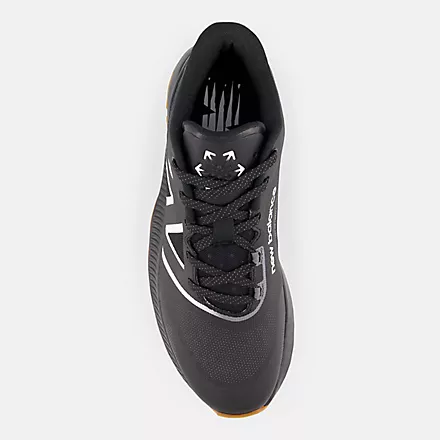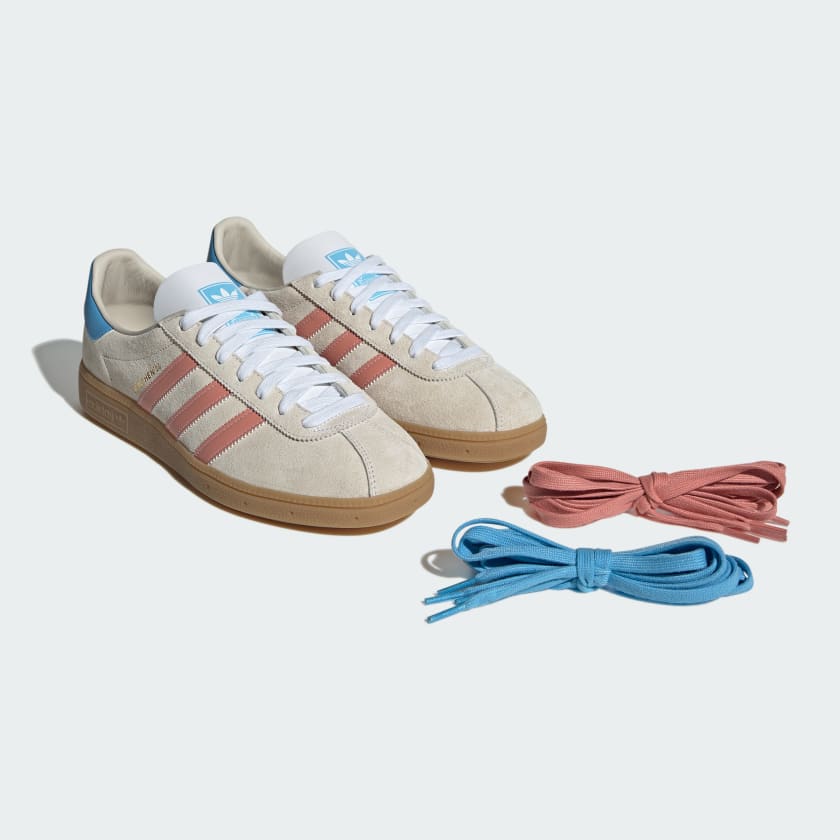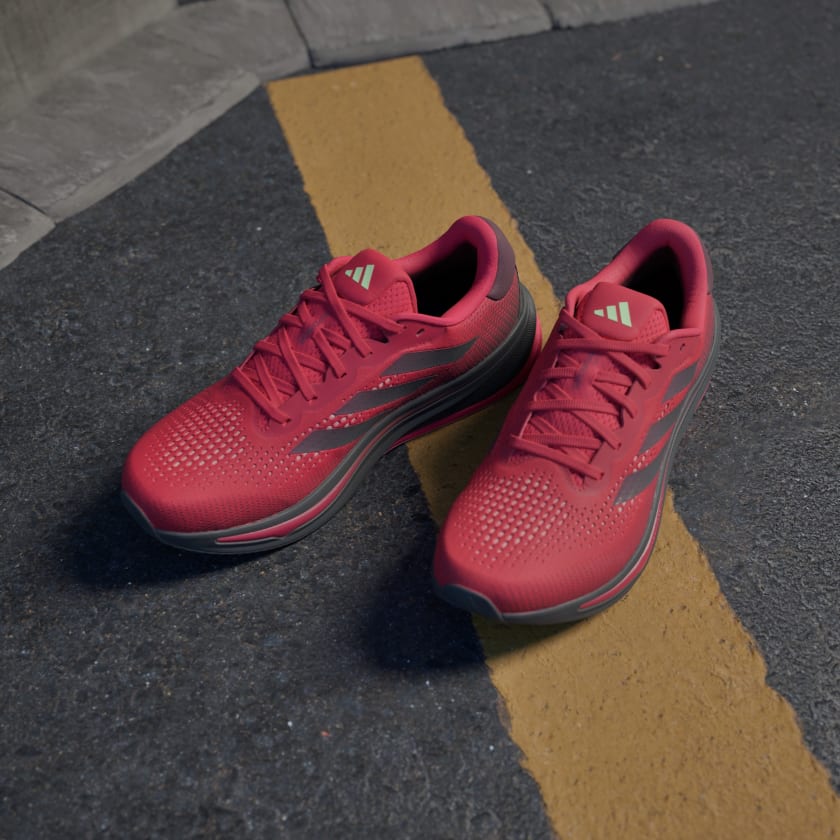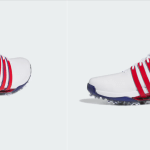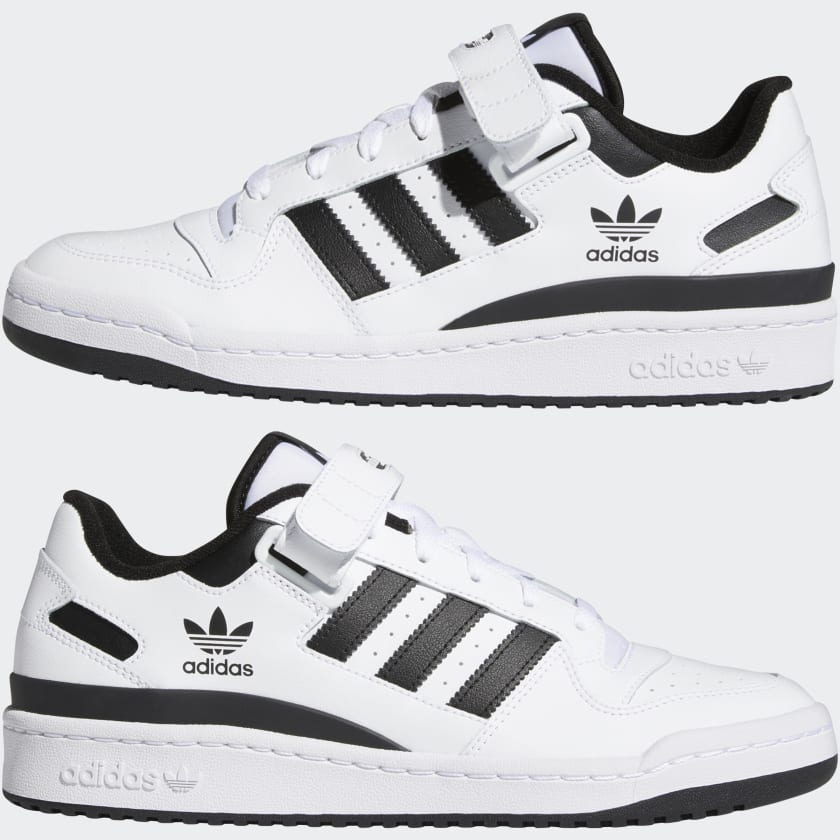Find out how often you need to replace your running shoes to maintain comfort and support. Explore factors that affect their lifespan and signs that indicate replacement. Get guidelines and tips to extend their longevity. Keep your feet happy and runs smooth!
Have you ever wondered how frequently you should replace your running shoes? It’s an important question to consider, as the lifespan of your shoes can greatly impact your running experience and overall comfort.
In this article, we will explore the factors that contribute to the wear and tear of your running shoes, and provide you with helpful guidelines to determine when it’s time to say goodbye to your old pair and invest in a new one.
So, let’s dive into the world of running shoes and find out how often you need to replace them to keep your feet happy and your runs smooth!
Factors that Affect the Lifespan of Running Shoes
Running Frequency
The more often you run, the faster your shoes will wear out. Running shoes are designed to withstand a certain amount of mileage before they start to break down, and the more you run, the quicker you will reach that point. If you are a frequent runner, you may need to replace your shoes more frequently than someone who only runs occasionally.
Running Surface
The type of surface you run on can also impact the lifespan of your running shoes. Running on hard surfaces like pavement or concrete can cause more wear and tear on the sole of the shoe. In contrast, running on trails or softer surfaces may result in less damage. If you primarily run on harder surfaces, you may need to replace your shoes more often.
Running Intensity
The intensity of your runs can affect the lifespan of your running shoes. Running at a higher intensity, such as sprinting or interval training, puts more stress on the shoes and can cause them to wear out more quickly. If you engage in high-intensity workouts on a regular basis, you may need to replace your shoes sooner than someone who sticks to steady, moderate-paced runs.
Running Form
Your running form can impact how your shoes wear over time. If you have improper form, such as excessive heel striking or overpronation, it can lead to uneven wear on the soles of your shoes. This uneven wear can reduce the lifespan of your shoes and may require more frequent replacements. It’s important to work on improving your running form to maximize the longevity of your running shoes.
Body Weight
Your body weight is another factor that can affect how long your running shoes last. Heavier individuals tend to put more pressure on their shoes, which can cause the midsoles and cushioning to break down more quickly. If you have a higher body weight, you may need to replace your shoes more frequently to maintain their performance and support.
Signs that Indicate the Need for Replacement
Worn-Out Outsoles
One of the most noticeable signs that your running shoes need to be replaced is when the outsoles start to wear out. The outsole is the bottom part of the shoe that comes into direct contact with the ground. Over time, the treads on the outsole will wear down, and you may start to notice smooth patches or even holes. When the outsole is worn out, it can diminish traction and increase the risk of slips and falls.
Decreased Cushioning
Another sign that your running shoes need to be replaced is when the cushioning becomes less effective. Running shoes are designed to provide cushioning to absorb the impact of each step and protect your joints and muscles. Over time, the cushioning materials in the midsole can lose their resilience and become compressed. If you feel that your shoes are not providing the same level of cushioning and shock absorption as before, it may be time for a replacement.
Noticeable Upper Wear
The upper part of the shoe can also show signs of wear and tear. Look for any visible holes, fraying, or significant stretching in the fabric or mesh of the upper. This can weaken the overall structure of the shoe and affect its fit and support. If you notice any significant wear or damage to the upper, it’s a clear indication that your shoes need to be replaced.
Frequent Injuries
If you find yourself experiencing more frequent aches, pains, or injuries while running, it could be a sign that your shoes are no longer providing adequate support or cushioning. Running shoes that are worn out or no longer fit properly can contribute to overuse injuries, such as shin splints or plantar fasciitis. If you notice a sudden increase in discomfort or recurring injuries, it’s essential to examine the condition of your shoes and consider replacing them if necessary.
Lack of Arch Support
Arch support is crucial for maintaining proper foot alignment and reducing the risk of arch-related issues, such as flat feet or plantar fasciitis. Over time, running shoes may lose their arch support due to compression or breakdown of the midsole material. If you feel that your shoes are no longer providing sufficient arch support or if you notice an increase in foot fatigue or discomfort, it may be time to invest in a new pair of shoes with better arch support.
General Guidelines for Replacing Running Shoes
Mileage Recommendations
Many running shoe manufacturers provide mileage recommendations for when you should replace your shoes. These recommendations typically range from 300 to 500 miles, depending on the brand and model. It’s important to keep track of your mileage and consider replacing your shoes once you reach the suggested mileage threshold. However, it’s essential to remember that these recommendations are just guidelines, and other factors such as running surface and body weight should also be taken into consideration.
Time-Based Recommendations
If you don’t keep track of your mileage or if you rotate multiple pairs of running shoes, it may be helpful to use time-based recommendations for replacement. As a general rule of thumb, most experts recommend replacing your running shoes every six months to a year, even if you haven’t reached the mileage threshold. This time frame ensures that you have fresh, supportive shoes and helps prevent potential issues arising from prolonged shoe use.
Visual Inspection
Regularly visually inspecting your running shoes can give you a good indication of their condition and help you determine if they need to be replaced. Look for any obvious signs of wear or damage, such as worn-out treads, holes in the fabric, or significant compression of the midsole cushioning. If you notice any of these visible signs of wear, it’s time to start considering a new pair of running shoes.
Professional Assessment
If you’re unsure about the condition of your running shoes or if you’re experiencing discomfort or pain while running, it’s a good idea to seek a professional assessment. Visit a specialty running store or consult with a podiatrist or sports medicine professional who can evaluate your shoes and provide recommendations. They can assess the wear patterns on your shoes, analyze your gait, and offer expert advice on whether it’s time for a replacement or if there are other factors contributing to your discomfort.
How to Extend the Lifespan of Running Shoes
Alternate Shoes
Alternating between two or more pairs of running shoes can help extend the lifespan of each pair. Rotating your shoes allows them to fully dry out and recover their cushioning properties between runs. It also helps distribute the wear and tear more evenly across multiple pairs, reducing the strain on a single pair of shoes.
Proper Cleaning and Drying
Keeping your running shoes clean and dry is crucial for their longevity. After each run, remove any dirt or debris from the outsole using a soft brush or cloth. If your shoes get wet, stuff them with newspaper or use shoe drying inserts to help absorb moisture. Avoid exposing your shoes to direct heat sources or using a dryer, as excessive heat can damage the materials. Regularly cleaning and drying your shoes can prevent mold, bacteria growth, and premature deterioration.
Avoid Extreme Weather
Running in extreme weather conditions, such as extreme heat, cold, or heavy rain, can accelerate the wear and tear on your shoes. Excessive exposure to extreme temperatures or wet conditions can cause the materials to degrade more quickly. Whenever possible, try to avoid running in severe weather or protect your shoes with appropriate water-resistant covers or spray.
Avoid Wearing for Non-Running Activities
Using your running shoes for activities other than running, such as walking or everyday wear, can contribute to their premature degradation. Running shoes are designed specifically for the impact and demands of running, and using them for other activities can put unnecessary strain on the materials, midsole cushioning, and support systems. To extend the lifespan of your running shoes, it’s best to reserve them exclusively for running.
Choosing the Right Running Shoes
Gait Analysis
Having a gait analysis done by a professional can help you choose the right running shoes for your specific biomechanics and running style. Gait analysis involves evaluating your foot strike pattern, overall alignment, and movement patterns while running. This information can help identify any issues or imbalances that may require specific shoe features or support.
Foot Type
Understanding your foot type is crucial when selecting running shoes. The three main foot types are flat feet (low arches), neutral feet (normal arches), and high-arched feet. Different foot types require different levels of support and cushioning to maintain proper foot alignment and prevent overpronation or supination. Knowing your foot type can guide you towards the appropriate category of running shoes.
Pronation Type
Pronation refers to how your foot rolls inward when it strikes the ground. Overpronation occurs when the foot rolls excessively inward, while supination (underpronation) happens when the foot rolls too far outward. Both overpronation and supination can affect your running gait and increase the risk of injuries. Consider selecting running shoes with features that address your specific pronation type to ensure proper foot alignment and enhance overall performance.
Arch Support
The level of arch support you need depends on your foot type and pronation pattern. Those with flat feet typically require more arch support to provide stability and prevent overpronation. Neutral feet usually require moderate arch support, while individuals with high arches may need shoes with minimal arch support to accommodate their foot shape. Choose running shoes that offer the appropriate level of arch support for your specific needs.
Toe Box Fit
The toe box is the area of the shoe that surrounds the front part of the foot, including the toes. It’s essential to choose running shoes with a toe box that provides enough space to allow for natural toe splay during running. A cramped or tight toe box can lead to discomfort, blisters, or other foot issues. Look for running shoes with a toe box that offers a comfortable fit without excessive pressure or restriction.
The Importance of Proper Fit
Toe Room
Having enough toe room in your running shoes is crucial for both comfort and foot health. To ensure proper fit, there should be about a thumb’s width of space between your longest toe (typically the big toe) and the front of the shoe. This allows for natural toe movement and helps prevent issues such as blisters or ingrown toenails.
Heel Fit
The heel area of your running shoes should provide a snug and secure fit without slipping or rubbing. A well-fitting heel prevents unnecessary friction and potential blisters. However, it’s important to avoid shoes that are overly tight in the heel area, as they can cause discomfort and restrict natural foot movement.
Midfoot Fit
The midfoot or arch area of the shoe should also fit comfortably and securely. It should neither feel too tight nor too loose. Adequate midfoot support helps maintain proper foot alignment and prevents excessive pronation or supination.
Width
Running shoes come in various widths to accommodate different foot shapes. It’s important to choose a shoe width that matches your foot width for optimal comfort and fit. Shoes that are too narrow can cause pain and pressure points, while shoes that are too wide can compromise stability and support.
Lace-Up Tension
Properly lacing up your running shoes can significantly impact the fit and comfort. Adjust the laces to achieve a snug, secure fit without excessive tightness or pressure points. Pay attention to any areas that feel too tight or too loose and make necessary adjustments. Finding the right lace-up tension can help prevent foot slippage and provide a personalized fit.
Different Types of Running Shoes
Neutral Cushioning Shoes
Neutral cushioning shoes are designed to provide a balanced level of cushioning and support for runners with a neutral foot strike pattern. These shoes offer cushioning in the midsole to absorb impact and reduce stress on the lower body. They are suitable for runners with normal arches and no significant pronation issues.
Stability Shoes
Stability shoes are specifically designed for runners who overpronate. These shoes offer a combination of cushioning and support features to help correct and control excessive inward rolling of the foot. Stability shoes often have a denser medial (inner) midsole, firmer arch support, and other stability-enhancing technologies to promote proper foot alignment.
Motion Control Shoes
Motion control shoes are the most supportive and structured type of running shoes. They are designed for severe overpronators who require maximum support and stability. These shoes typically have a firm, reinforced medial post and other stability features to minimize excessive inward rolling and maintain proper foot alignment.
Trail Running Shoes
Trail running shoes are specifically designed for off-road running on various terrains. They offer additional traction, durability, and protection compared to regular running shoes. Trail shoes typically have a more aggressive outsole pattern, thicker and more durable materials, and added toe protection to shield against rocks and debris.
Minimalist/Barefoot Shoes
Minimalist or barefoot shoes are designed to mimic the feel of running barefoot or with minimal footwear. They have a minimalistic design with reduced cushioning and often a lower heel-to-toe drop. These shoes aim to encourage a more natural running form and foot strength. However, they are not suitable for everyone and may require a gradual transition for those accustomed to traditional running shoes.
Understanding Different Shoe Components
Outsole
The outsole is the bottom part of the shoe that comes into direct contact with the ground. It is typically made of durable rubber or synthetic materials and features a tread pattern to provide traction and grip. The outsole material and pattern can vary depending on the intended use of the shoe, such as road running, trail running, or track running.
Midsole
The midsole is the layer between the outsole and the upper and plays a crucial role in cushioning and support. It is usually made of lightweight foam or other cushioning materials. The midsole absorbs impact and provides shock absorption to protect the joints and muscles during running. The specific materials and construction techniques used in the midsole can vary among different shoe models.
Upper
The upper is the top part of the shoe that wraps around the foot. It is typically made of a combination of mesh, fabric, and synthetic materials to provide breathability, flexibility, and support. The upper secures the foot in place and protects it from external elements. The design, fit, and materials used in the upper can vary between different shoe models.
Insole
The insole, also known as the sockliner, is the removable layer inside the shoe that sits under the foot. It provides additional cushioning, moisture wicking, and odor control. Some insoles are removable and can be replaced with custom orthotics or other foot support options.
Heel Counter
The heel counter is a part of the shoe’s rear section that wraps around the heel and provides stability and support. It helps keep the foot in place and prevents excessive motion or slippage. The materials and stiffness of the heel counter can vary among different shoe models, depending on the level of stability and support required.
Factors that Can Alter Shoe Longevity
Storage Conditions
Proper storage is essential for preserving the lifespan of your running shoes. Avoid leaving them in damp or humid environments, such as a locker room or a car trunk, as moisture can deteriorate the materials and cause mold or mildew growth. Store your shoes in a cool, dry place with good ventilation to prevent excessive heat or moisture exposure.
Cleaning Products
Using harsh or abrasive cleaning products on your running shoes can damage the materials and compromise their performance. Avoid using bleach, strong detergents, or abrasive brushes that can cause fading, deterioration, or wear. Stick to mild soap, lukewarm water, and gentle brushing to clean your shoes.
Environmental Factors
Environmental factors such as extreme heat, cold, or prolonged sun exposure can degrade the materials of your running shoes. If possible, avoid leaving your shoes in direct sunlight for extended periods, as it can cause fading or warping. Similarly, extreme cold temperatures can make materials more brittle and lead to premature deterioration.
Moisture Exposure
Excessive moisture exposure, such as running in heavy rain or submerging your shoes in water, can accelerate the breakdown of the shoe’s materials. Moisture can weaken adhesives, cause mold or bacterial growth, and lead to unpleasant odors. Whenever your shoes get wet, allow them to dry thoroughly before using them again and follow proper drying techniques to prevent damage.
Improper Handling
Improper handling and rough treatment of your running shoes can also impact their longevity. Avoid excessively bending or folding your shoes, as it can damage the midsole and upper. Additionally, using your shoes for activities they are not designed for, such as playing sports or hiking, can put excessive strain on the materials and structural integrity. Treat your running shoes with care and use them only for their intended purpose.
When to Consult a Professional
Assessing Shoe Wear Patterns
If you notice unusual wear patterns on your shoes, such as excessive wear on one side or in specific areas, it may indicate an underlying biomechanical issue or improper shoe fit. Consulting a professional can help identify the cause of the wear pattern and provide guidance on choosing the right shoes or making necessary adjustments.
Specialized Footwear Needs
If you have specific foot conditions or requirements, such as flat feet, high arches, or the need for orthotic support, it’s important to consult a professional. A podiatrist or certified pedorthist can assess your needs and recommend specialized running shoes or custom orthotics to address your specific requirements.
Chronic Foot Pain
Persistent foot pain or discomfort while running can indicate the need for professional assessment. A podiatrist or sports medicine professional can examine your feet, evaluate your running gait, and provide recommendations to address any underlying issues that may be causing the pain. Proper footwear selection is often a crucial element in managing and preventing running-related foot injuries or discomfort.
Orthotic Considerations
If you wear custom orthotics or require additional foot support, it’s essential to consult a professional when choosing running shoes. They can help identify shoes that can accommodate your orthotics and ensure the ideal fit and support. Consulting a podiatrist or pedorthist can help determine whether your orthotics need adjustments or replacements, as well as guide you towards appropriate running shoe options.
By considering these factors that affect the lifespan of running shoes, knowing the signs that indicate the need for replacement, following general guidelines for replacement, understanding how to extend the lifespan of your shoes, choosing the right running shoes, recognizing the importance of proper fit, familiarizing yourself with different shoe types and components, being aware of factors that can alter shoe longevity, and knowing when to consult a professional, you can ensure that your running shoes provide optimal performance, support, and comfort for miles to come.
